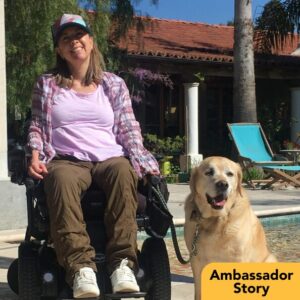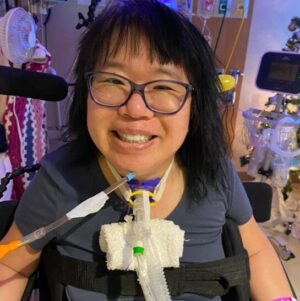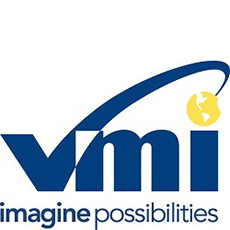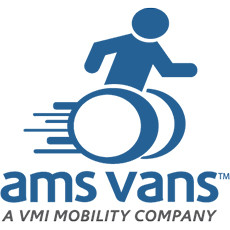In honor of Mobility Awareness Month, we are exploring how a spinal cord injury can impact your passions and your perspective on life.
Kirk Williams is an avid explorer who sustained a C5 spinal cord injury in a mountain biking accident in 2009. Kirk continues to seek out new experiences and stretch his limits every day.
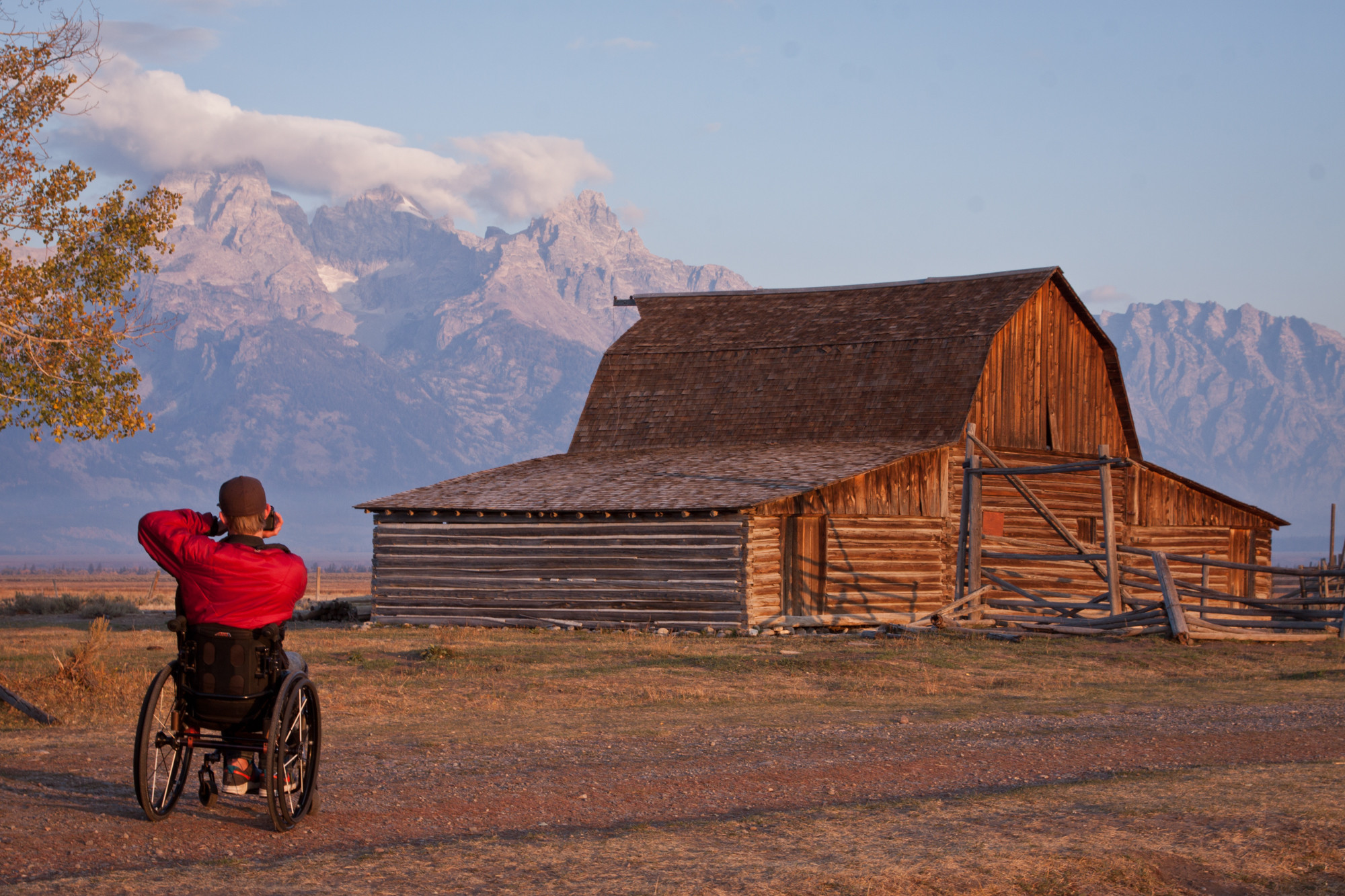
Kirk, how did your injury influence your thirst for adventure?
My injury did influence my hobbies post-accident but I haven’t stopped doing what I love. I still do photography, camp, mountain bike and various other things. I’ve also learned how to do new hobbies like wheelchair rugby, scuba diving and hand cycling. I love travel, and I was not reluctant at all to travel after my injury. I got back into my adventure lifestyle.
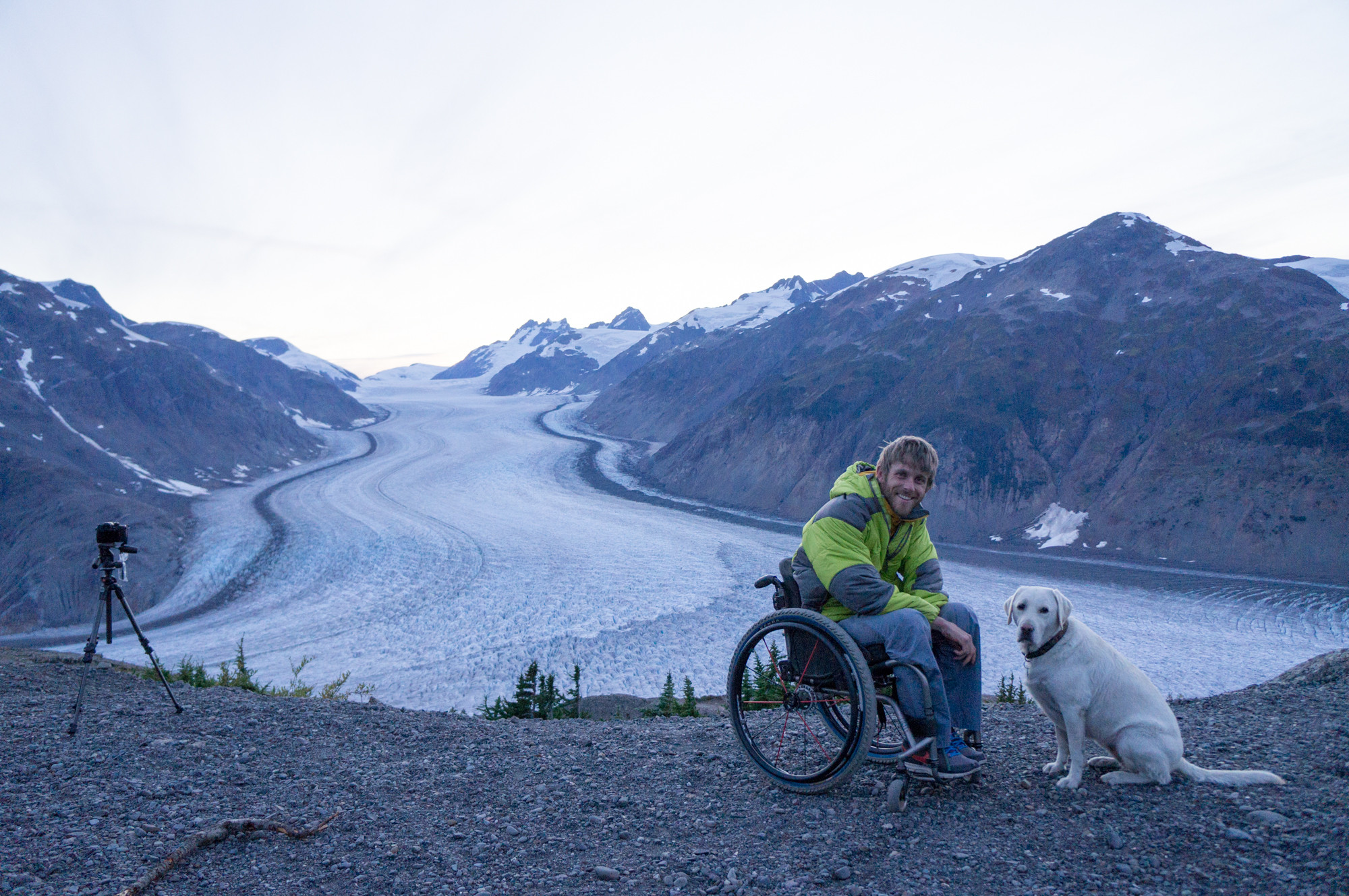
Are there any hobbies that help you to stay positive?
Writing on my blog was beneficial, especially being able to look back and see the things that used to trouble me that I have since overcome. I usually use every anniversary as a day to look back and see just how far I’ve progressed, and I remind myself that anything is possible.
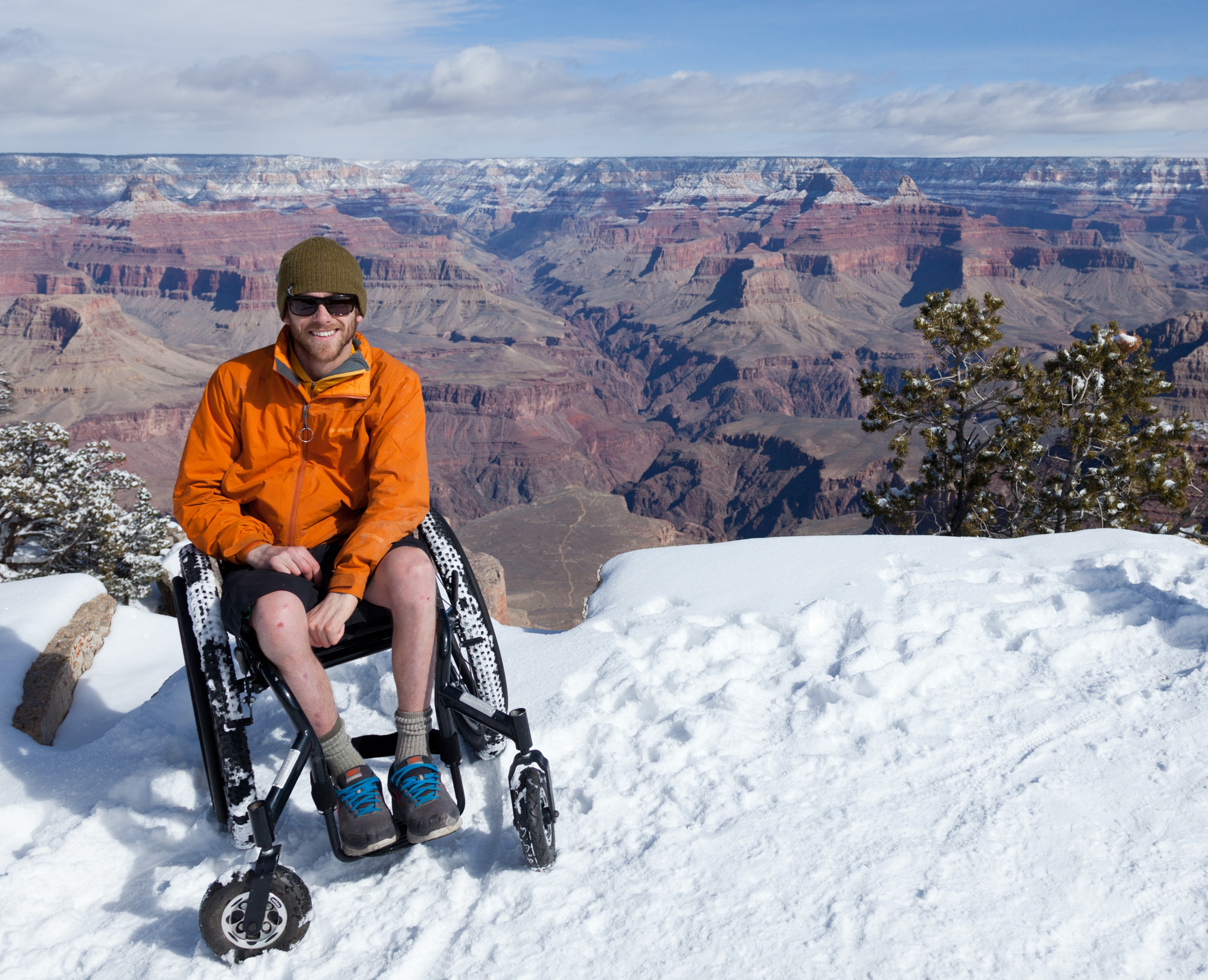
What do you like about travel?
What I love most about travel is getting out of my comfort zone and experiencing new things. I’ve always loved to check out new spots. Now, being a quadriplegic just adds a little more preparation into making it possible. Life is short, so why not try to experience it to the fullest!?
Rachael Short is a photographer who became a quadriplegic after a spinal cord injury in 2010. Rachael hasn’t let her injury slow down her passionate pursuit of the perfect shot.
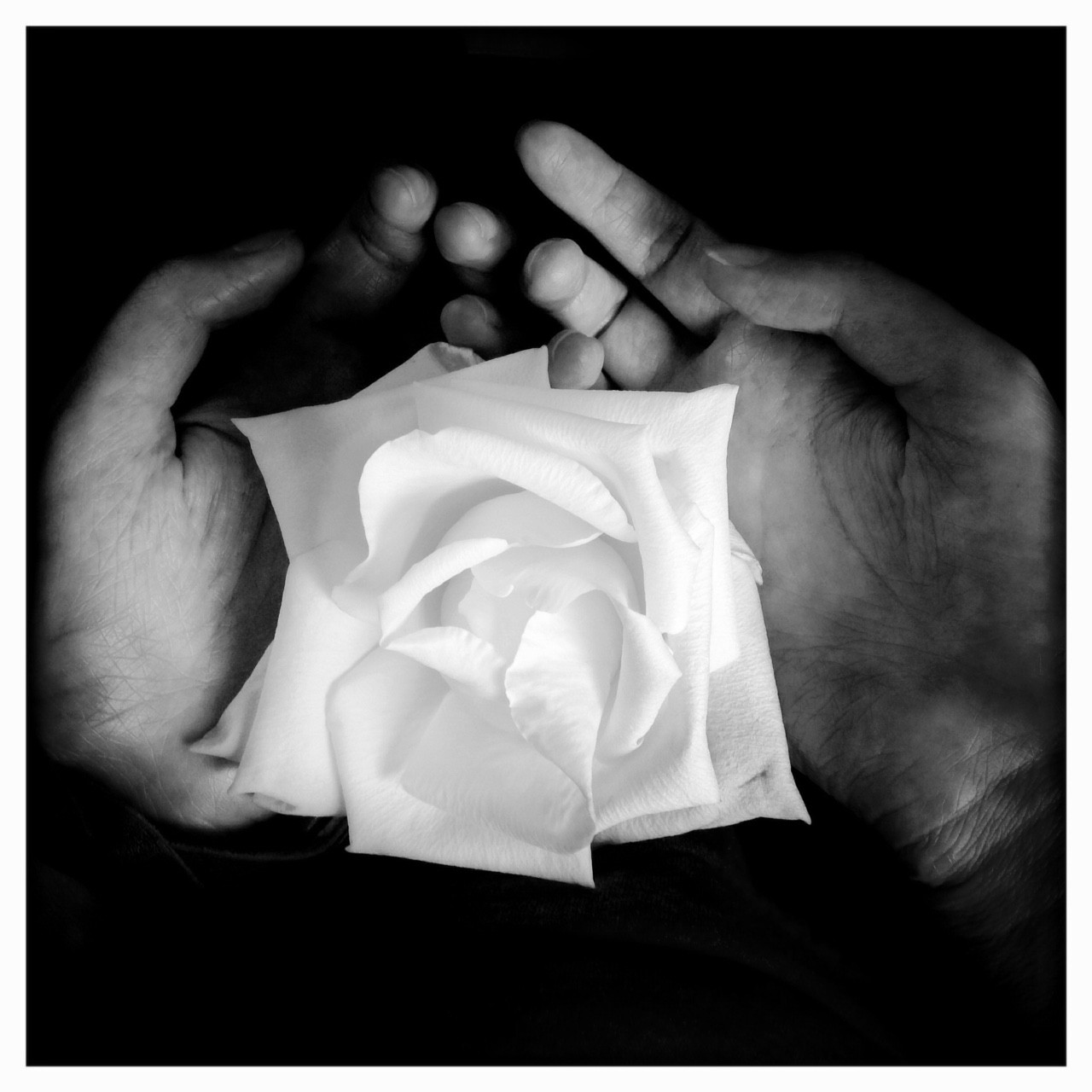
Rachel, did your passion for photography change after your injury?
I always knew that I would continue photography in one way or another. I didn’t take a single photograph for a year after my accident: I didn’t even have enough strength in my arms to hold a camera. I started using an iPhone to take photos, making digital negatives from the images and platinum printing in the darkroom with help from a good friend.
The iPhone has aided in my healing process by allowing me to continue taking photos. The challenge has been making the device work for me in a way that other ‘professional’ cameras did before my accident.
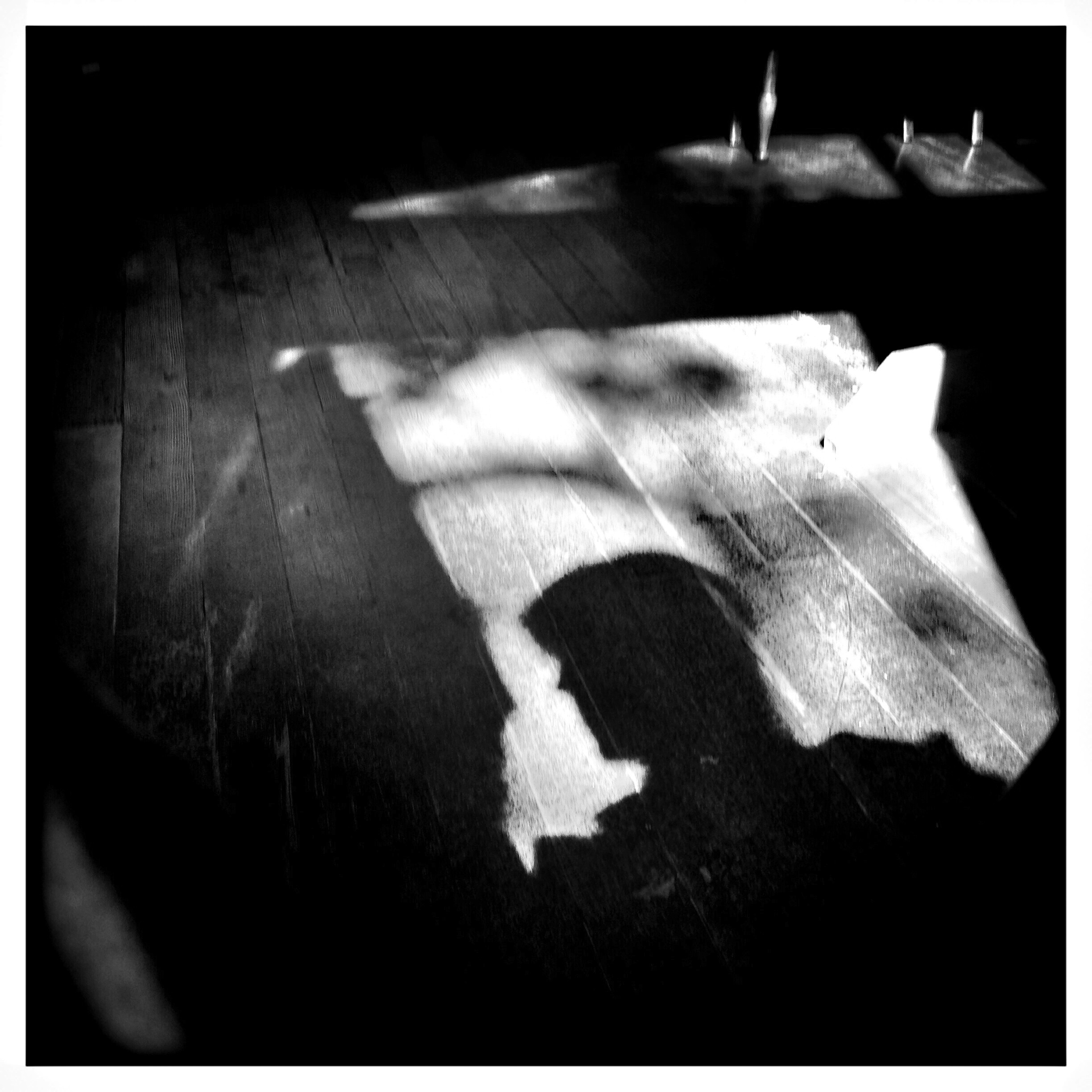
What keeps you positive as you recover?
Every year, I get stronger and life gets a little easier. I have always been a hard worker and I maintain that attitude within my daily rehabilitation. In my greenhouse-turned-gym at home, I put up a quote from Confucius: ‘It does not matter how slowly you go, so long as you do not stop.’

What is your favorite thing about photography?
What I like most about photography is being able to share my vision of the world, with the world. Art is very therapeutic. Taking photos slows me down and makes me really appreciate the beauty around me, like the sun through the trees or clouds in the sky.
Celebrate Mobility Awareness Month with us! Share your story on Facebook or on Twitter.

